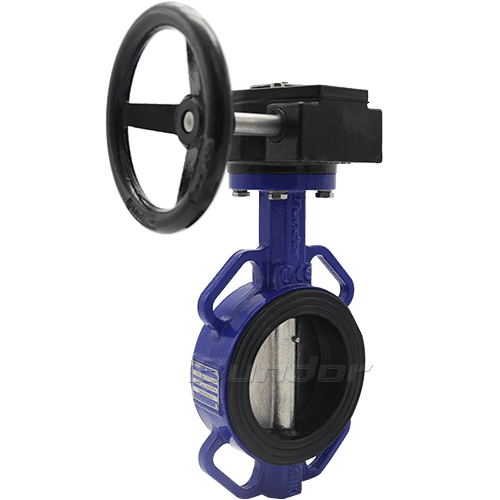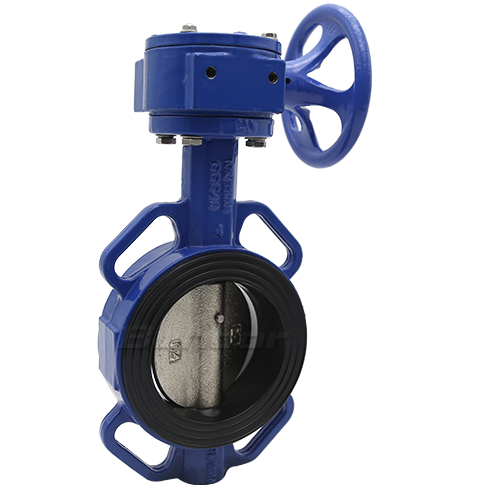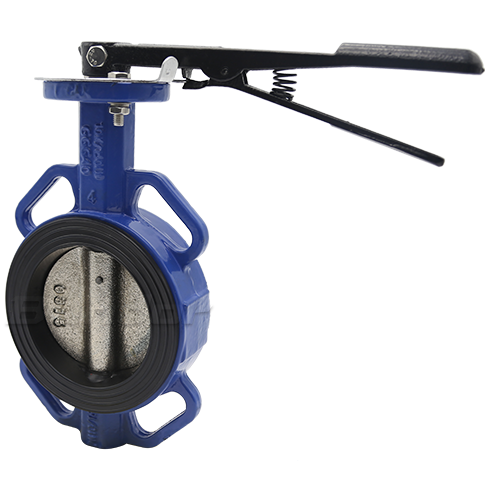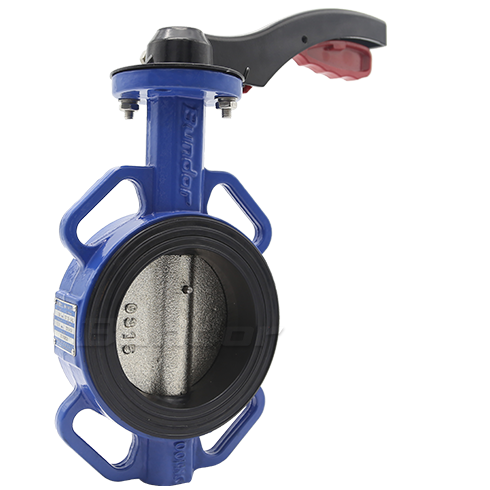First of all, the safety of the valve piping system must first consider the main valve. There must be a flanged soft-sealed butterfly valve used as a safety master valve. The function is to cut off and connect the entire pipeline system. In normal production, it is also in a normally open state. The main valve is generally not used to adjust the flow, and should be installed at the inlet of the main pipeline.
Secondly, a main valve is also required at the inlet of the branch pipeline, and the butterfly valve here is mainly used for the safety control of the branch pipeline. In addition to the cut-off function, the main valve of the branch pipeline also has the function of regulating the flow. Adjust the flow to meet the needs of the flow of the branch pipeline, and strictly follow a certain proportion, which is regulated and controlled by the main valve of each branch pipeline. There should be two flanged soft-sealed butterfly valves or safety valves that are often switched or used for adjustment, and one of the butterfly valves is a spare and is not in use. If there is a problem with the working butterfly valve, a spare valve can be used, so that it will not affect the production. After the repair, a butterfly valve is still reserved as a spare.
On liquid and gas pipelines, it is necessary to safely drain the valve at the lowest or appropriate place. The function is to drain the medium blocked in the pipeline to avoid air resistance in the pipeline. Because the gas in the pipe will reduce the pipe section, increase the conveying resistance, reduce the flow, and affect the production. For some special liquids, the gas will dissolve after a certain period of time and cannot be discharged during operation, and the butterfly valve also needs to be emptied.
There are also safety requirements for the closure of flanged soft-sealed butterfly valves. After the valve is closed tightly, some media will also change with the temperature change, and the thermal expansion of the valve components will increase the pressure between the butterfly valve and the valve seat. When this is turned on again, it is bound to bring difficulties. So the torque required to open the valve will be greater than the torque required to close the valve. Flange soft sealing butterfly valve also needs to overcome the increase in static friction due to the increase in pressure between the sealing surfaces due to temperature changes. Because of the friction between the sealing surfaces, when the valve is closed and then opened again, the required torque is much larger than the torque required to close the valve.








